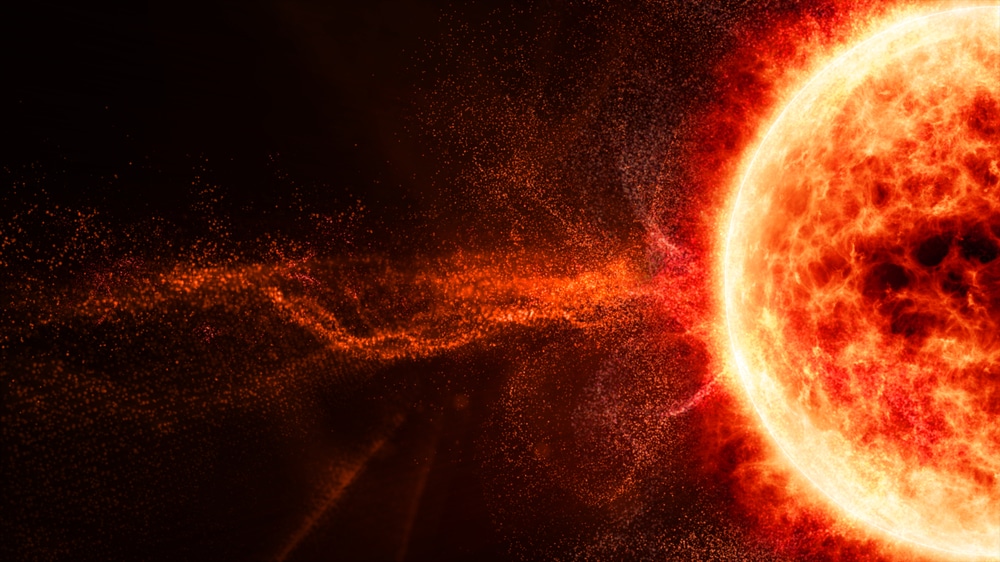A “cannibal” coronal mass ejection from the sun is due to slam into the Earth on Tuesday, triggering geomagnetic storms in the atmosphere.
A cannibal coronal mass ejection is when one smaller CME is overtaken and engulfed by a larger, faster-moving CME, consuming and combining the two plumes of solar plasma and radiation.
In this case, the slower CME was burped out by the sun on Friday, followed by the second, faster CME on Saturday. The U.S. National Oceanic and Atmospheric Administration’s (NOAA) Space Weather Prediction Center models show that the second CME will cannibalize the first.
The joint CME is due to hit the Earth on July 18, which may spark G1 or G2 geomagnetic storms, altering the magnetic fields surrounding the Earth and leading to auroras over higher latitudes and minor power grid fluctuations.
CMEs are formed when the sun’s tightly wound magnetic field lines suddenly realign, sending huge plumes of solar material soaring into space at immense speeds.
“The solar wind normally flows past at 300 to 700 [kilometers per second]—that is about a million miles per hour—with up to 10 particles per cubic centimeter,” Martin Connors, a professor of space science and physics at Canada’s Athabasca University, previously told Newsweek. “There is also a very small magnetic field in the solar wind, far smaller than what turns compasses at the surface of Earth.”
When CMEs collide with the Earth’s atmosphere and magnetic field, they can trigger geomagnetic storms. “A geomagnetic storm is the alteration of the Earth’s magnetic environment, this means when the magnetic fields that usually surround our Earth start to be distorted,” Daniel Brown, an associate professor in astronomy and science communication at Nottingham Trent University, previously told Newsweek.
Geomagnetic storms are classified by strength between G1 and G5, with the severity of the storm depending on how much our magnetic field is affected by the CME.
“The amount of matter ejected, its speed, the associated magnetic fields, as well as how they interact with other already emitted particles from the sun, all add up to a bumpy environment moving outwards from the sun for our Earth’s magnetic field to travel through,” Brown said.
















